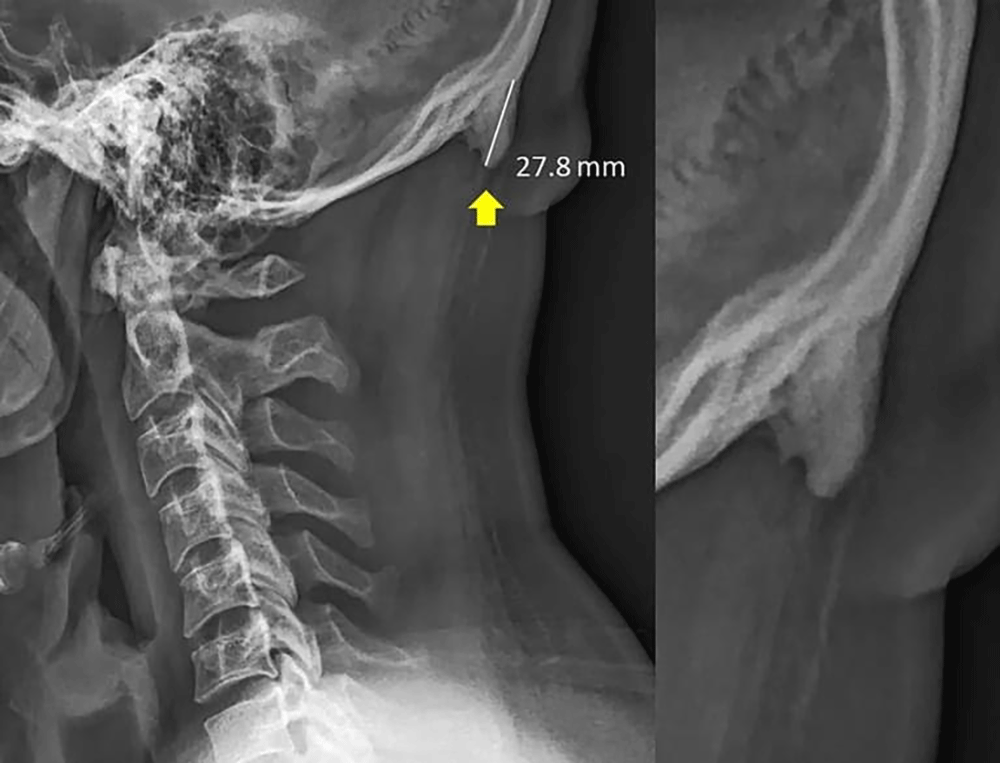Are you developing “text neck”? An recent article in the Washington Post says we might be! The Wellness Center of Boise finds this noteworthy and wanted to share this with our patients and followers.
Below is the article and a link to further understand this phenomenon. Dr. Collin Struble DC CME specializes in the Blair Upper Cervical technique and has also found this to be a developing concern for his patients. As part of a chiropractic exam, a series of x-rays are taken which captures the skull and it’s connection to the atlas and axis.
Finding a protrusion on the back of the skull is becoming more common. Changing our habits is going to be the first defense. Holding your cell phone out in front of you, instead of bending your neck to see it, would be a great start. Find out more…
Horns are growing on young people’s skulls. Phone use is to blame, research suggests.
Researchers at the University of the Sunshine Coast in Queensland, Australia, have documented the prevalence of bone spurs at the back of the skull among young adults. (Scientific Reports)
Mobile technology has transformed the way we live — how we read, work, communicate, shop and date.
But we already know this.
What we have not yet grasped is the way the tiny machines in front of us are remolding our skeletons, possibly altering not just the behaviors we exhibit but the bodies we inhabit.
New research in biomechanics suggests that young people are developing hornlike spikes at the back of their skulls — bone spurs caused by the forward tilt of the head, which shifts weight from the spine to the muscles at the back of the head, causing bone growth in the connecting tendons and ligaments. The weight transfer that causes the buildup can be compared to the way the skin thickens into a callus as a response to pressure or abrasion.
The result is a hook or hornlike feature jutting out from the skull, just above the neck.
In academic papers, a pair of researchers at the University of the Sunshine Coast in Queensland, Australia, argues that the prevalence of the bone growth in younger adults points to shifting body posture brought about by the use of modern technology. They say smartphones and other handheld devices are contorting the human form, requiring users to bend their heads forward to make sense of what’s happening on the miniature screens.
The researchers said their discovery marks the first documentation of a physiological or skeletal adaptation to the penetration of advanced technology into everyday life. “That is up to anyone’s imagination,” he told The Washington Post. “You may say it looks like a bird’s beak, a horn, a hook.” However it is designated, Shahar said, the formation is a sign of a serious deformity in posture that can cause chronic headaches and pain in the upper back and neck.
Part of what was striking about the findings, he said, was the size of the bone spurs, which are thought to be large if they measure 3 or 5 millimeters in length. An outgrowth was only factored into their research if it measured 10 millimeters, or about two-fifths of an inch. Click on the link below to find out more.








